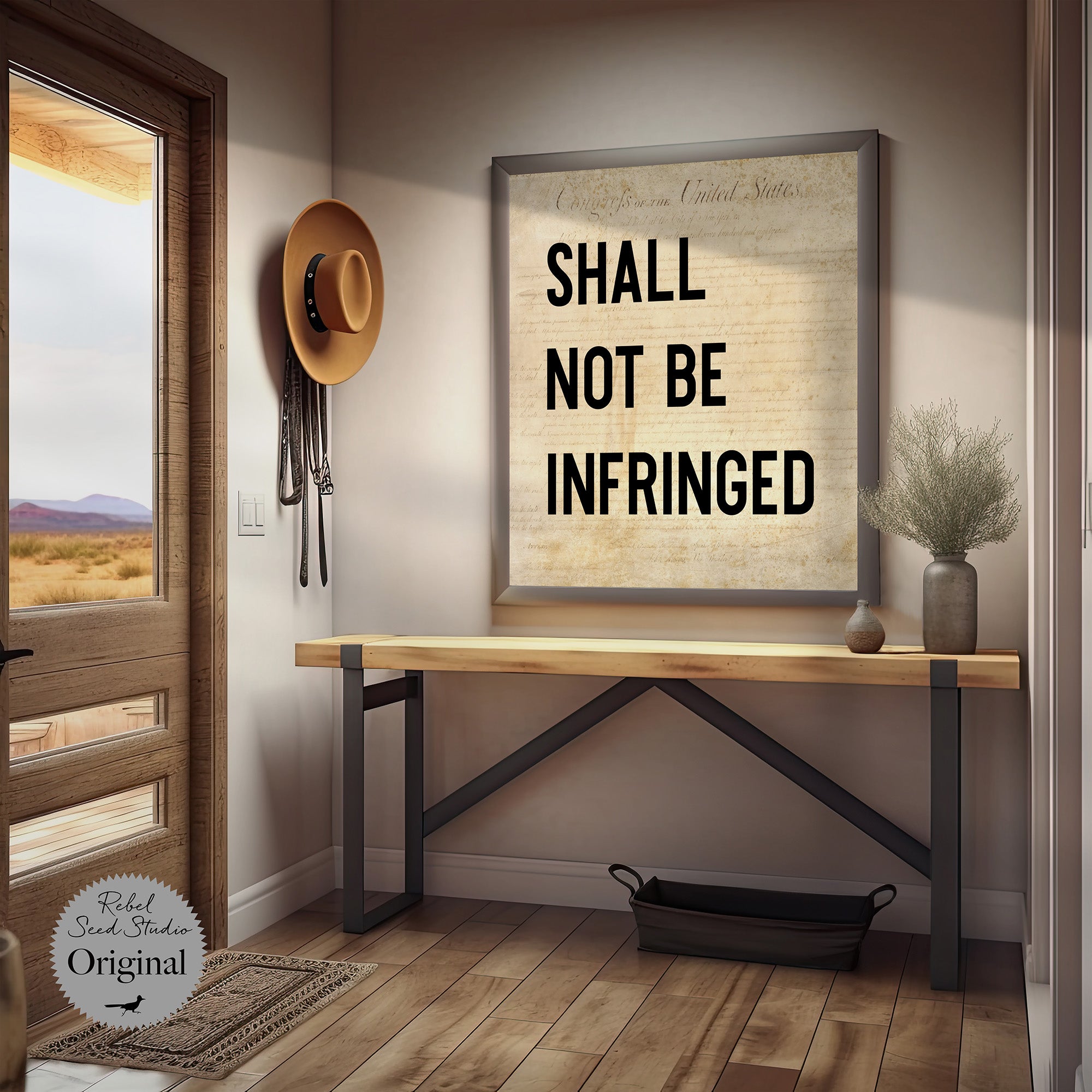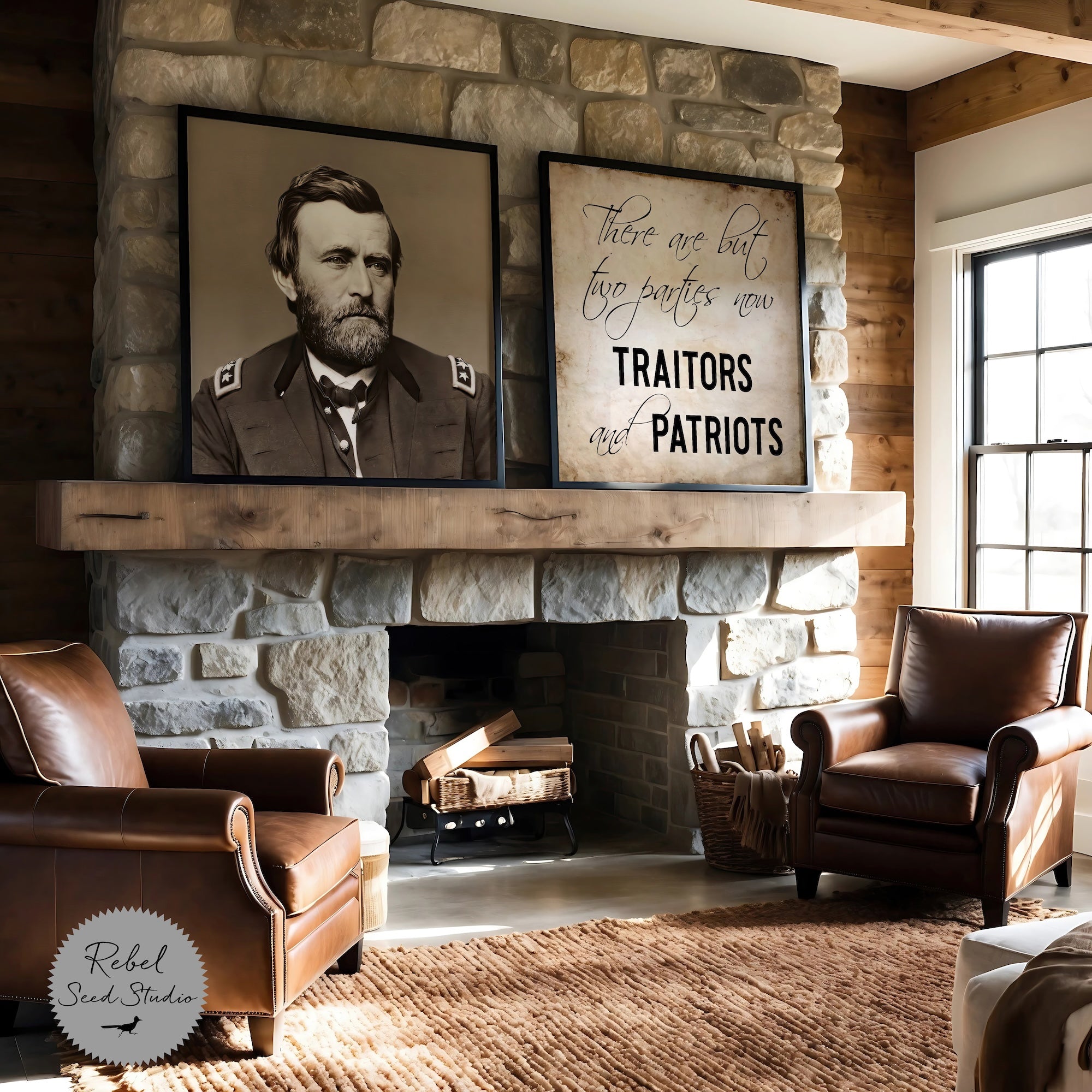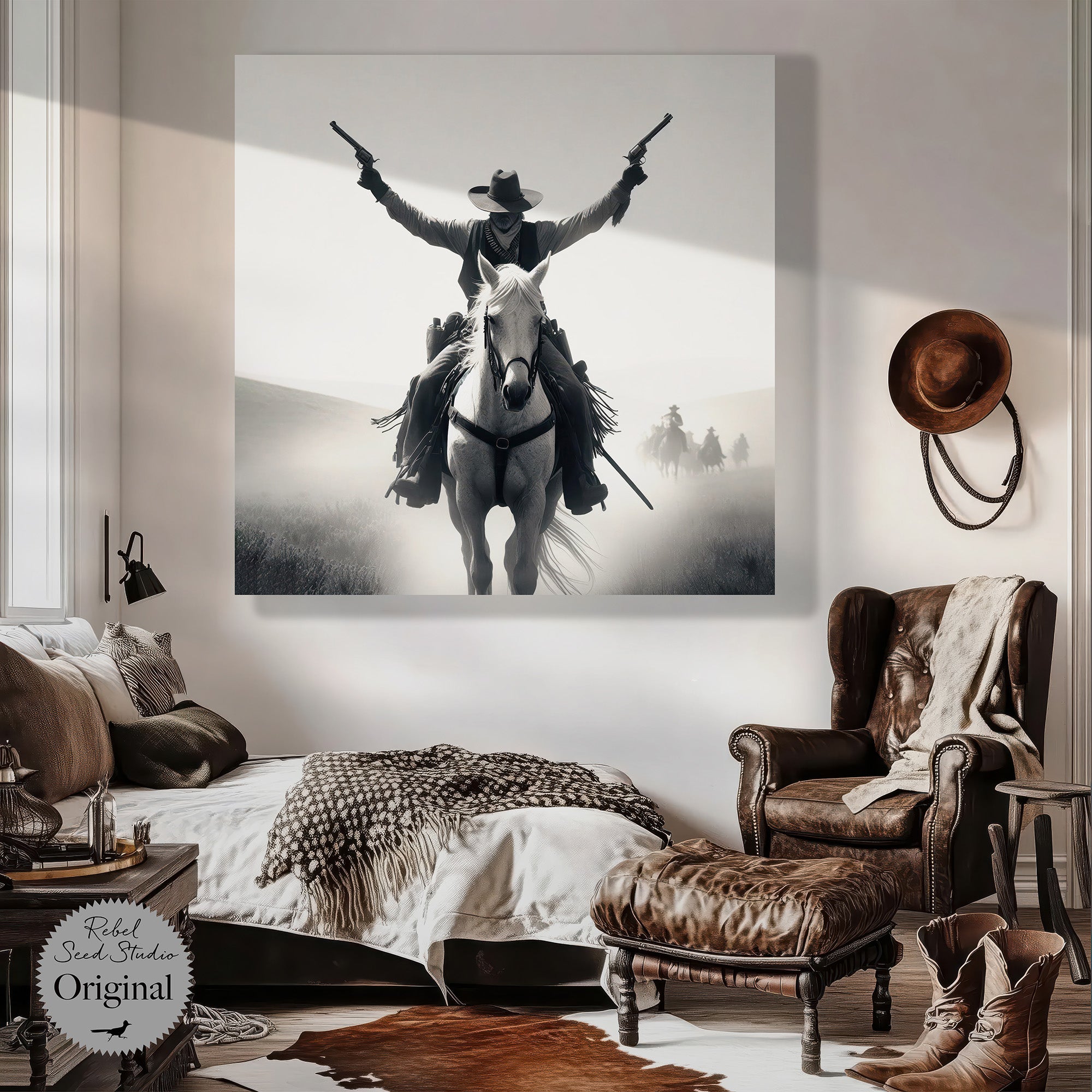
Captured Freedom: The Epic True Civil War Story of Union POW Officers Escaping from a Southern Prison (Book Notes)
Every Picture Tells A Story. This One Tells Many.
Captured Freedom is the story of a group of Union officers who were prisoners-of-war of the Confederate army. They spent countless months in different prisons throughout the South, moved around like pawns on a chessboard. Finally, in late 1864 they ended up in a miserable prison called Camp Sorghum in Columbia, South Carolina. The place was named by the POWs after the Sorghum syrup the Confederates supplied them as part of their meager daily rations - a hunk of coarse cornbread, a piece of rancid, maggot-infested salt pork and a cup of Sorghum syrup, sans cup. Lacking cups, they would pour the viscous liquid into their prisoner's bare hands. The soldiers each escaped in various groups in November 1864 and walked over 350 miles to Union lines, eventually making it to Knoxville, Tennessee, on New Year's Day 1865. There they had a photograph of their group made. It was a Civil War selfie, a moment the captured freedom.
The book got its start a couple of years ago when a message popped up on my computer, along with a remarkable photograph of 12 men in rags.
“What do you think? The guy on the far left is my 2X Great Uncle”, the message said.
I had never seen a picture quite like it and was intrigued. Their clothes are full of holes; the knees of their pants are torn and reveal a patchwork of mismatched layers beneath. The shoes that can be seen on the men in the front row were falling apart, yet somehow remained miraculously attached to their feet. Most sported long, ragged beards. One was too young for any facial hair. I would later discover another had little facial hair because of genetics; he had indigenous Cherokee blood in his veins.
Who were these guys? What was their story?
We were trading messages from a Civil War Facebook page, and I soon discovered the guy was a neighbor that lived a few miles from me in the North Georgia mountains. I asked a few more questions. My neighbor only knew them as Union officers his uncle had helped find their way to Union lines. He said his uncle’s name was David Ledford.
As soon as I started digging and coming up with names, I discovered discrepancies. I found “the photograph," as I began calling it, was in the Library of Congress with some of the men partially identified. But the LOC also said the picture was taken on New Year’s Day 1865, which was a big problem. Because David Ledford was dead on New Year’s Day 1865, having been killed 3 weeks earlier by Confederate Home Guards in Tennessee. My neighbor knew the story–they had tortured David’s wife Dulcena and his young son Ranz at their farmstead in Western North Carolina while trying to hunt him down. The passed-down Ledford family lore reported that they hung Dulcena by her thumbs. It was a story right out of Cold Mountain. In fact, Charles Frazier, the author of Cold Mountain, grew up just miles from where this all took place. Digging further, I discovered that the Home Guard eventually caught David and two other Union officer escapees he had been helping in eastern Tennessee. They let the officers go, then killed him execution-style. Dulcena and Ranz recovered his bullet-ridden body, carrying it back home in their horse-drawn wagon, burying him in the Ledford family cemetery.
So if it wasn’t David Ledford, who was it? Would it be possible to discover the man’s identity 158 years later? Sleuthing the details behind this one photograph started as an extremely cold-case mystery that would take over two years to solve.
I discovered that the two officers with David had made it home safely and one would write about their escape and David’s murder years later. But those officers were different from those in the picture of twelve ragged men.
I would look into the faces of each man and wonder what was going through his mind when that photograph was made. Turns out that the day before, they were on the run. It was in brutal winter weather conditions, and when they stopped to rest, they couldn’t burn a fire because it would give their position away. They had been running for weeks, most of the time at night. Then they finally made it over Union lines 45 miles south of Knoxville at Sweetwater, Tennessee, on New Year's Day. Arriving in Knoxville at sunset, they would spend their first night free from the stress that only a prisoner-of-war would know. One man wrote in his diary that even though he was exhausted, he was too excited to sleep. Then more amazingly, the next morning, after savoring breakfast, instead of getting dressed in brand new clean blue uniforms, with the outside temperatures in single digits, they put on their old odorous rags and decided to walk into town and commemorate the moment by have their picture made.
This photograph had an epic tale to tell. Digging into the past and finding pieces of history that were long forgotten. What emerged was a remarkable story of resilience and survival. All the officers had fought in the most significant battles in the Civil War before being captured. Shiloh, Gettysburg, Vicksburg, Chickamauga, Chattanooga, The Crater, Atlanta.
Then they were unlucky enough to be captured, and everything in their lives stopped. Though escape was always on their minds, they struggled to survive in the terrible Confederate prison conditions. Most of them suffered from disease and became emaciated. They had to deal with psychological torture. A couple of the men had been reported to their loved ones as killed-in-action. One man’s wife moved on with life along with their three young children, thinking her husband was dead. Then she got a letter from him months later, postmarked from Libby Prison in Richmond, Virginia, that shook her world.
I’m a big fan of the book “Unbroken” by Laura Hillenbrand, another POW story. I also am a fan of her obsessive research techniques. Hillenbrand was able to interview Louis Zamperini, the subject of her book, dozens of times while he was still living.
All the men in “the photograph” have been gone over 100 years. What story was left to tell? It turned out there were lots. One piece of the puzzle revealing the next. Letters, diaries kept while in prison, accounts written years after the fact. They all presented themselves as if this was a story meant to be written. An amazing story inspired by a remarkable photograph taken by a photographer who Captured Freedom.
Steve Procko
Author, Captured Freedom
Blue Ridge, Georgia

in Knoxville, Tennessee, by Theodore M. Schleier.
Digital capture from original albumen print, originally owned by Michael Hoffman.
Courtesy of the Charles Hoffman family.
Back Row: Major William Stanhope Marshall, 5th Iowa Infantry;
1st Lieutenant Henry M. Fowler, 15th New Jersey Infantry;
1st Lieutenant Michael Hoffman, 5th Iowa Infantry;
Thompson Roberts “T.R.” Zachary, North Carolina guide.
Middle Row: Julius Ketron “Kit” Ledford, North Carolina guide;
1st Lieutenant Lemuel Davis Dobbs,
19th United States Colored Infantry (USCI);
2nd Lieutenant Thomas Payne Young, 4th Kentucky Mounted Infantry;
Joseph Fleming “Flem” Cison, North Carolina guide.
Front Row: 1st Lieutenant Mark M. Bassett, 53rd Illinois Infantry;
1st Lieutenant John McAdams, 10th West Virginia Infantry;
2nd Lieutenant Alfred Shelby Stewart, 4th Kentucky Mounted Infantry;
Captain John Elijah Page, 5th Iowa Infantry.


































